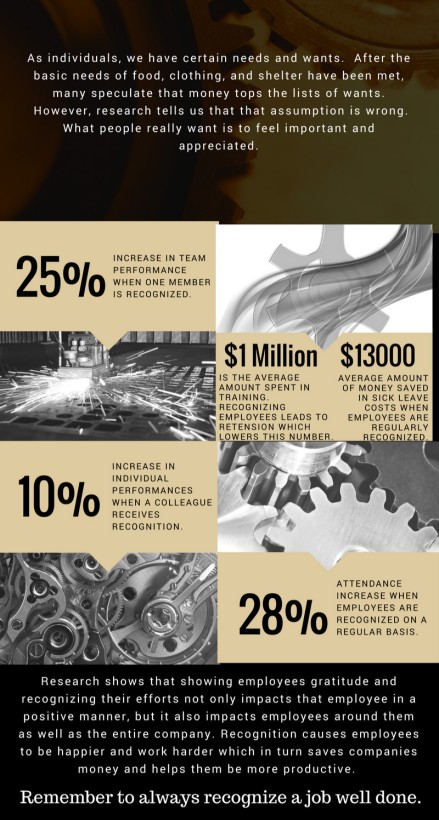
Lean in the Office
For this week’s blog, we are going to talk a little bit about getting lean. And no, we aren’t going to suggest a new diet plan or fitness routine. We are referring to your office! SVAM recently attended a Lunch & Learn hosted by the Manufacturing Technology Center that focused on going beyond the plant floor with “Lean Thinking.” When there is a physical product being produced, it isn’t too difficult to see where the issues are in its production. Finding these issues become much more problematic in an office setting where the streamline isn’t obvious. That is where the principles of lean thinking come into play; all of the lean principles used on the plant level in manufacturing can be used in the office as well.
WHAT IS LEAN THINKING?
In short, lean means creating more value for customers with fewer resources. A lean organization understands customer value and focuses its key processes to increase it. The ultimate goal is to provide perfect value to the customer through a perfect value creation process that has absolutely no waste.
To break it down a little bit:
- The fundamental objective of lean thinking is to create the most value while consuming the fewest resources.
- Define value from the customer’s perspective.
- Identify which process steps create value and which are only waste.
- Work to eliminate the root causes of the waste and allow for one-piece, continuous flow.
HOW DOES LEAN THINKING IN THE OFFICE DIFFER FROM THE PLANT FLOOR?
While the lean thinking principles remain the same when being applied to the office, a few things will be different.
- It is more difficult to identify the customer, the product, and customer value.
- The traditional value stream map is different than what you will find on the floor of a plant.
- Waste in administration is much harder to see.
KEY COMPONENTS OF LEAN THINKING IN THE OFFICE
- IDENTIFY VALUE STREAMS: “Wherever there is a product for a customer, there is a value stream.” A value stream is all of the steps required to complete a product and/or service from beginning to end.
- VALUE STREAM MANAGER: Every value stream needs a manager. This person will be responsible for implementing lean value streams.
- VALUE STREAM MAPPING: Follow a product from beginning to end and then draw a visual of that. Then draw a future state map of the most productive value stream. The steps for drawing an accurate administrative current state value stream map includes:
- Document customer information and need
- Identify main processes (in order)
- Select date attributes (this should take cost, speed, and quality into account)
- Lead time/turnaround time
- Typical batch size
- %Complete and accurate information
- Rework/revisions
- Number of people involved
- Downtime
- VALUE vs NON-VALUE ADDING PROCEDURES: Analyze office procedures within the current state map and determine which ones add value, which are necessary but are non-value adding, wasteful; then eliminate the ones that are just wasteful. Wasteful steps include:
- Extra processing
- Correction of any form
- Waiting (batching)
- Motion & Transportation
- Overproducing
- Underutilized people
LEAN THINKING FOR OFFICE PROCESSES
- Quality at the Source: People must be certain that the product/information they are passing to the next work area is of acceptable quality.
- The 5 S’s of Organization:
- Sort what is not needed
- Set-in-order what must be kept
- Shine everything that remains
- Standardize the first three S’s
- Sustain these habits
- People Involvement:
- Work in teams
- Cross train employees
- Expand responsibilities and authority
- Cut out Batches
- Pull v. Push Systems:
- Push system works off of a “when we get to it mentality”.
- Pull system is a method of controlling the flow of resources based on established rules, and the actual status of the system at any time. This system eliminates waste of handling, storage expediting, and excess paperwork.
- Dependable Office Tools:
- Software licenses
- System downtime
- System response time
- Office equipment
FUTURE PLANNING
Once these steps have been taken and lean office processes have been established it is important to make sure the value stream manager continues to implement these standards. It is also a good idea to follow up regularly to ensure that the practices are still the most productive. Customer needs change as do other variables that could impact the value streams later.
Have more questions about how you can implement Lean in your office? Contact Nelson Teed, Executive Director of the Manufacturing Technology Center and leader of this training: nteed@wcc.vccs.edu; (276) 223-4889





